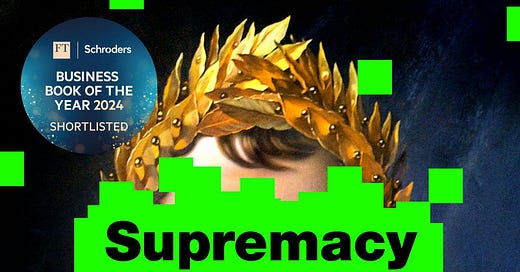How Google (almost) squandered generative AI
Loonshots, tech leviathans and risk aversion
TL;DR
This newsletter is about Google's slow start in the generative AI race and how this came about. It looks the invention of the transformer, how OpenAI ended up taking advantage of it before Google, and the future of Google and search in the wake of generative AI.
Here are the key takeaways:
Peter Thiel argues that companies stuck in fierce competition…
Keep reading with a 7-day free trial
Subscribe to The Cyber Solicitor to keep reading this post and get 7 days of free access to the full post archives.




